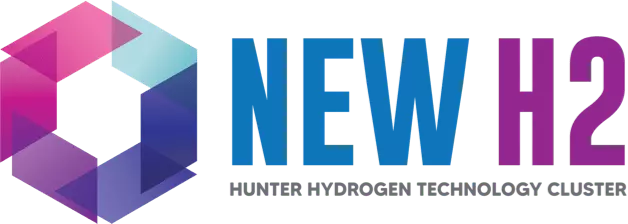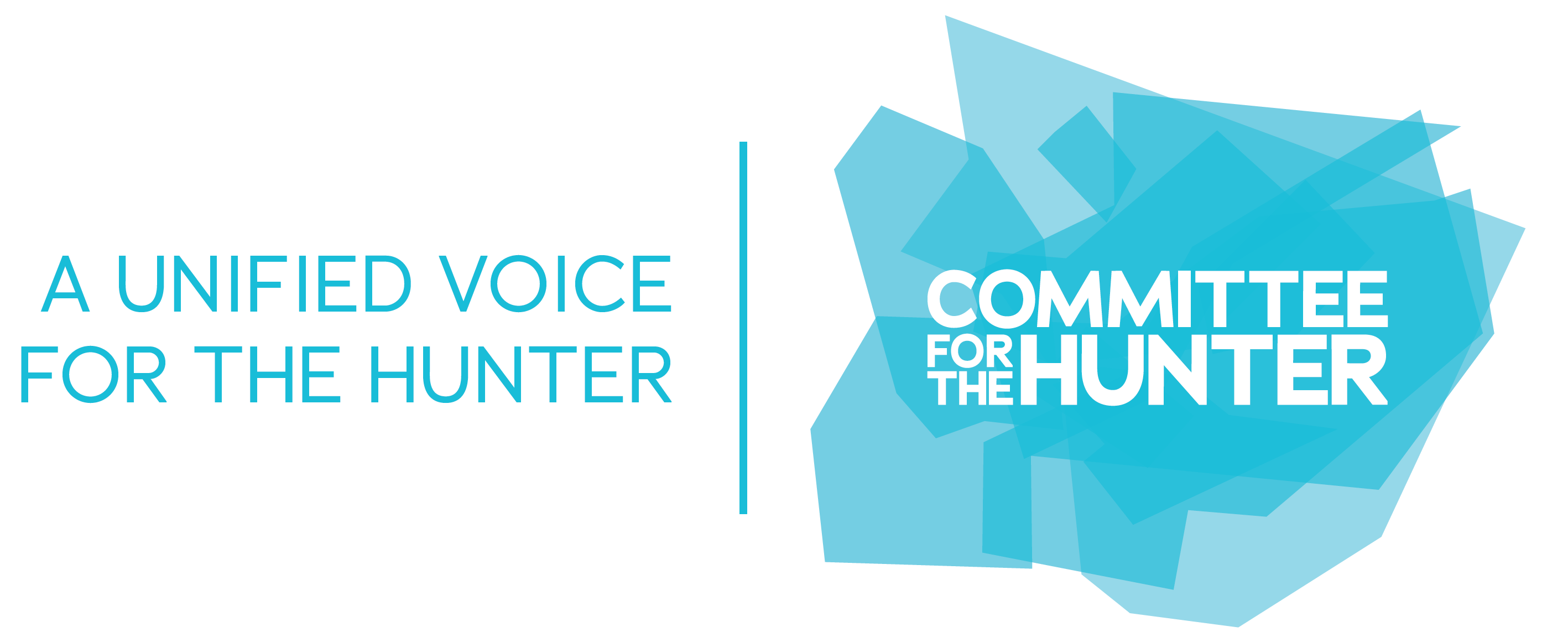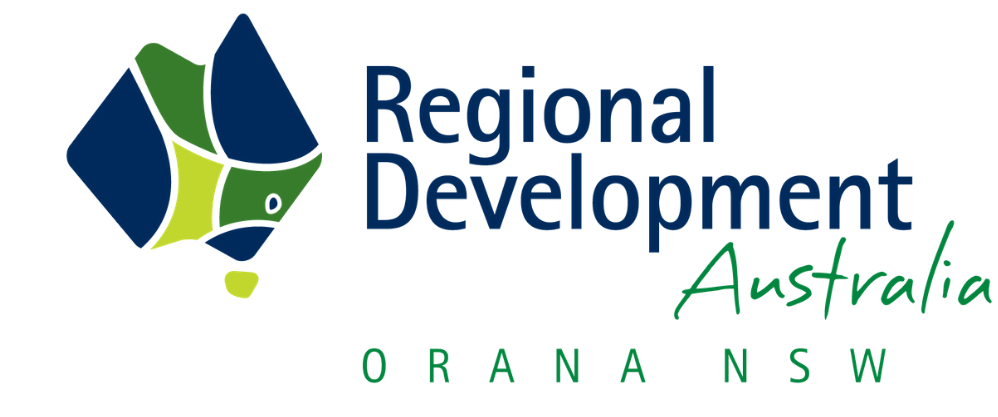Hydrogen an important puzzle piece in local low-carbon steelmaking research
The BHP Centre for Sustainable Steelmaking Research (SSR) at the University of Newcastle is advancing ironmaking technologies, with hydrogen seen as one pathway to decarbonisation in the steel industry.

The BHP Centre for Sustainable Steelmaking Research (SSR), based at the Newcastle Institute for Energy and Resources (NIER), is ramping up efforts to help reduce greenhouse gas emissions in steel production, a sector known for its challenges in cutting carbon output. Partnering with BHP and other stakeholders, SSR is focusing on pathways to achieve near-zero emissions in steelmaking, including hydrogen-based solutions and alternatives to the traditional blast furnace.
The SSR centre, located on the former BHP research site in Newcastle, draws on over 15 years of continuous research and 50 years of steel-related innovation at this site. SSR’s work spans diverse process routes to explore effective ways of integrating lower-carbon materials into steelmaking and supporting Australian iron ore and coal industries with technology fit for a lower-emission future.
Steelmaking currently relies heavily on carbon-intensive processes. The blast furnace, the most common method worldwide, demands large quantities of coal-derived coke to reduce iron ore. But SSR, in collaboration with BHP, is exploring alternative ways to maintain the structural role of carbon in furnaces while lowering emissions. This includes using hydrogen-rich fuels, biomass, and optimising the recycling and reuse of by-product gases.
SSR and BHP are also working on a direct reduction process combined with an electric smelting furnace. This approach could utilise electricity to reduce emissions substantially, making it a promising low-carbon pathway. Research into optimising Australian hematite-goethite iron ore resources with hydrogen further strengthens the potential for local iron ore to support greener steelmaking. This hydrogen research is especially crucial as it aligns with BHP's goal to reach a 30% reduction in emissions intensity by 2030 relative to traditional blast furnace processes, with broad industry adoption anticipated after 2030.
SSR’s longstanding partnership with BHP has positioned it at the forefront of R&D in the iron and steel sectors, offering technical support to adapt Australian iron and coking coal resources for low-carbon steel production. Beyond 2030, SSR and BHP aim to make net-zero emissions feasible for steelmakers by 2050, though the long-term pathway to zero emissions remains complex.












